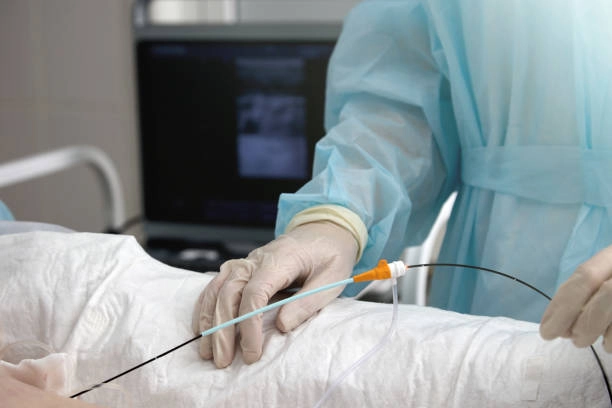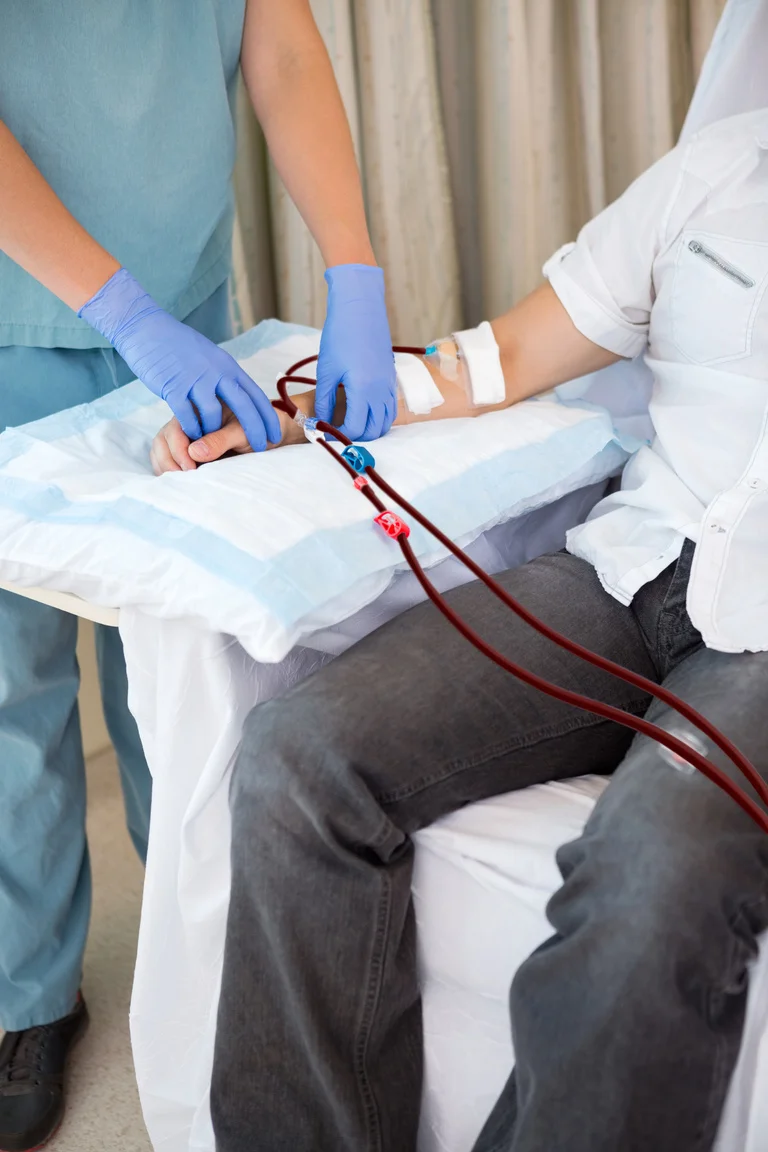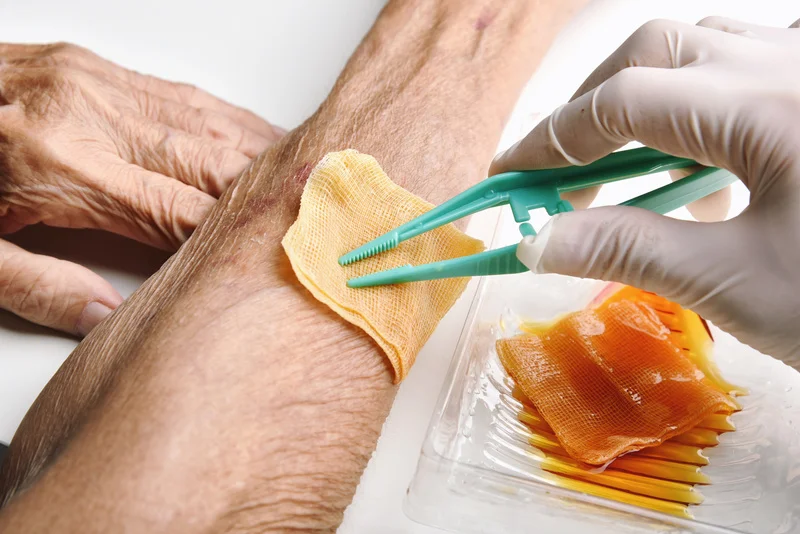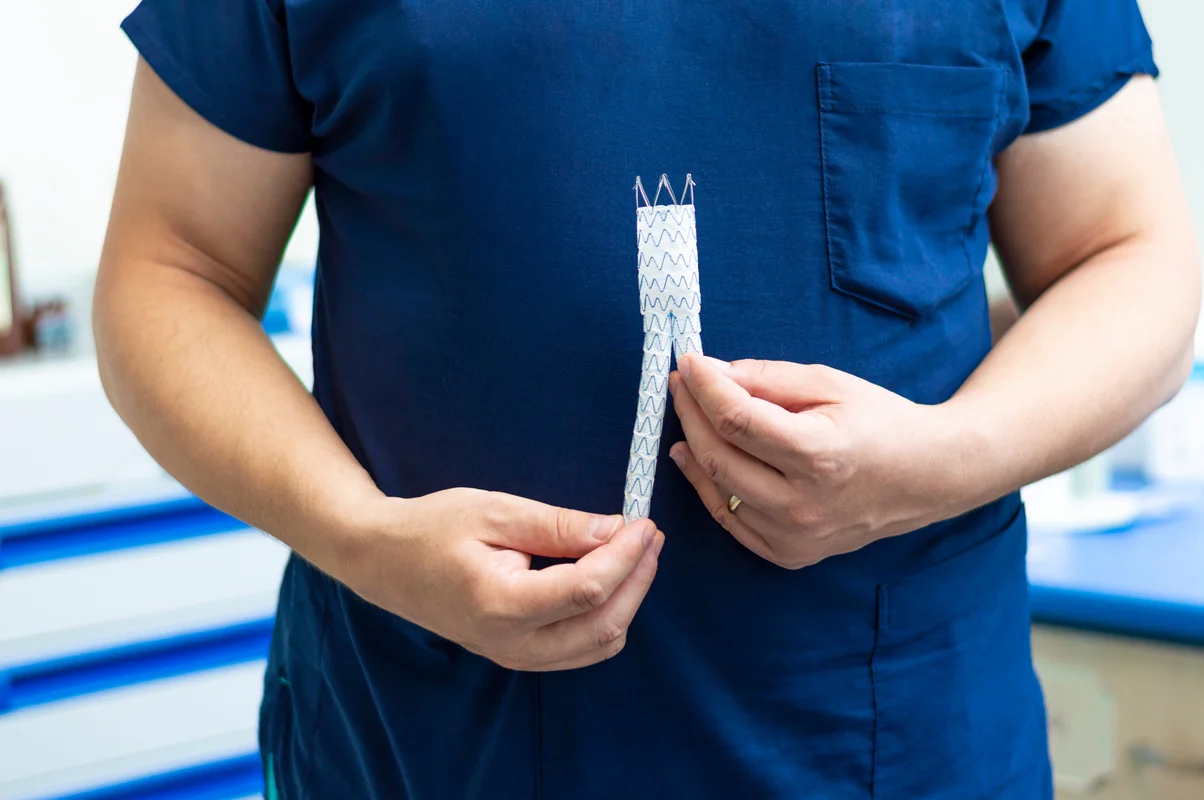Minimally invasive techniques in vascular surgery have revolutionized the treatment of vascular diseases, offering patients safer and more efficient alternatives to traditional open surgery. These advanced procedures involve small incisions, typically guided by imaging technologies, to access and treat affected blood vessels. Common minimally invasive techniques include angioplasty and stenting, where a balloon-tipped catheter is used to widen narrowed arteries and a stent is placed to keep them open. Endovascular aneurysm repair (EVAR) is another key procedure, involving the insertion of a graft to reinforce the wall of a weakened artery and prevent rupture. Thrombectomy, the removal of blood clots, and embolization, which blocks abnormal blood vessels to treat conditions such as tumors or arteriovenous malformations, are also widely used.
These techniques result in shorter hospital stays, reduced recovery times, and lower risks of complications, significantly improving patient outcomes and quality of life.

An Overview of Minimally Invasive Techniques
Minimally invasive vascular surgery involves techniques that allow surgeons to perform procedures with smaller incisions, less pain, and quicker recovery times compared to traditional open surgery. These advancements have revolutionized the treatment of various vascular conditions, providing effective alternatives with fewer complications.
Benefits of Minimally Invasive Surgery
Advantages of Traditional Surgery
Minimally invasive techniques offer several significant benefits:
- Smaller Incisions: Reduced scarring and lower risk of infection.
- Less Pain: Patients typically experience less postoperative pain.
- Shorter Hospital Stays: Many procedures are outpatient or require only a brief hospital stay.
- Faster Recovery: Patients can return to normal activities sooner.
- Reduced Risk of Complications: lower chances of complications such as infection and bleeding.

Common Minimally Invasive Procedures
Minimally invasive procedures in vascular surgery have become the standard for treating a variety of vascular conditions due to their effectiveness and reduced recovery times. Angioplasty and stenting involve using a balloon-tipped catheter to widen narrowed arteries and placing a stent to keep them open, improving blood flow. Endovascular Aneurysm Repair (EVAR) is used to treat aortic aneurysms by inserting a graft to reinforce the vessel wall and prevent rupture. Thrombectomy removes blood clots from vessels using specialized devices, restoring normal blood flow and preventing complications like stroke. Embolization involves injecting substances to block abnormal blood vessels, often used to treat tumors or arteriovenous malformations. Atherectomy uses a catheter with a cutting device to remove plaque from arteries, enhancing blood flow and reducing symptoms of peripheral artery disease.
These procedures are performed through small incisions, resulting in less pain, a lower risk of infection, and a quicker recovery compared to traditional open surgery, making them highly beneficial for patients.
Procedure Descriptions
- Endovascular Aneurysm Repair (EVAR): Used to repair abdominal aortic aneurysms. A stent graft is inserted through a small incision in the groin and guided to the aneurysm to reinforce the artery wall.
- Angioplasty and Stenting: A catheter with a balloon at its tip is threaded through the blood vessel to the site of the blockage. The balloon is inflated to widen the artery, and a stent is placed to keep it open.
- Atherectomy is a procedure to remove plaque from the arteries. Special catheters are used to cut away the plaque and restore blood flow.
- Embolization: Used to treat abnormal blood vessels or to stop bleeding. Small particles, or coils, are introduced through a catheter to block blood flow to the targeted area.
- Thrombolysis: This involves the use of medications to dissolve blood clots. A catheter delivers the drugs directly to the clot.
Recovery and Outcomes
Recovery and outcomes for minimally invasive vascular procedures are generally favorable, with patients experiencing shorter hospital stays, less postoperative pain, and a quicker return to normal activities compared to traditional open surgeries. The small incisions used in these procedures reduce the risk of infection and minimize scarring. Most patients can expect to resume light activities within a few days and full activities within a few weeks, depending on the specific procedure and individual health conditions. Follow-up care is crucial to monitor the success of the procedure and to detect any potential complications early.
Long-term outcomes are typically positive, with significant improvements in symptoms, enhanced quality of life, and reduced risks of severe complications such as heart attack, stroke, or limb loss. Adhering to lifestyle modifications, such as maintaining a healthy diet, regular exercise, and smoking cessation, can further improve outcomes and prevent the recurrence of vascular issues. Regular check-ups with a healthcare provider ensure ongoing vascular health and the longevity of the benefits gained from minimally invasive procedures.
Post-Surgery Care
Recovery from minimally invasive vascular surgery varies depending on the procedure and individual patient factors. Key aspects of recovery include:
- Post-Procedure Monitoring: Patients are closely monitored for any immediate complications.
- Pain Management: Pain is typically mild and can be managed with over-the-counter medications.
- Activity Restrictions: Patients are advised to avoid strenuous activities for a short period of time.
- Follow-Up Appointments: Regular follow-up visits are essential to monitor the healing process and ensure the success of the procedure.
Conclusion
Minimally invasive techniques in vascular surgery have significantly improved patient outcomes, offering effective treatment options with numerous benefits over traditional surgery. These advancements have transformed the landscape of vascular treatment, reducing the need for large incisions and extensive recovery periods. Patients benefit from shorter hospital stays, less postoperative pain, and quicker returns to daily activities, which enhance overall quality of life. The reduced risk of complications such as infections, scarring, and blood loss further underscores the superiority of these methods.
Additionally, the precision and efficacy of minimally invasive procedures, such as angioplasty, stenting, endovascular aneurysm repair, and thrombectomy, have set new standards for treating conditions like peripheral artery disease, aortic aneurysms, and deep vein thrombosis. As technology continues to advance, these techniques are becoming even more refined, leading to even safer and more efficient solutions for managing vascular conditions. The ongoing evolution in this field promises to provide patients with increasingly effective and less invasive options, ensuring better long-term health outcomes and improved vascular health management. Thus, the shift towards minimally invasive techniques represents a significant leap forward in the ability to treat complex vascular diseases, offering hope and improved prognoses for countless patients worldwide.

















